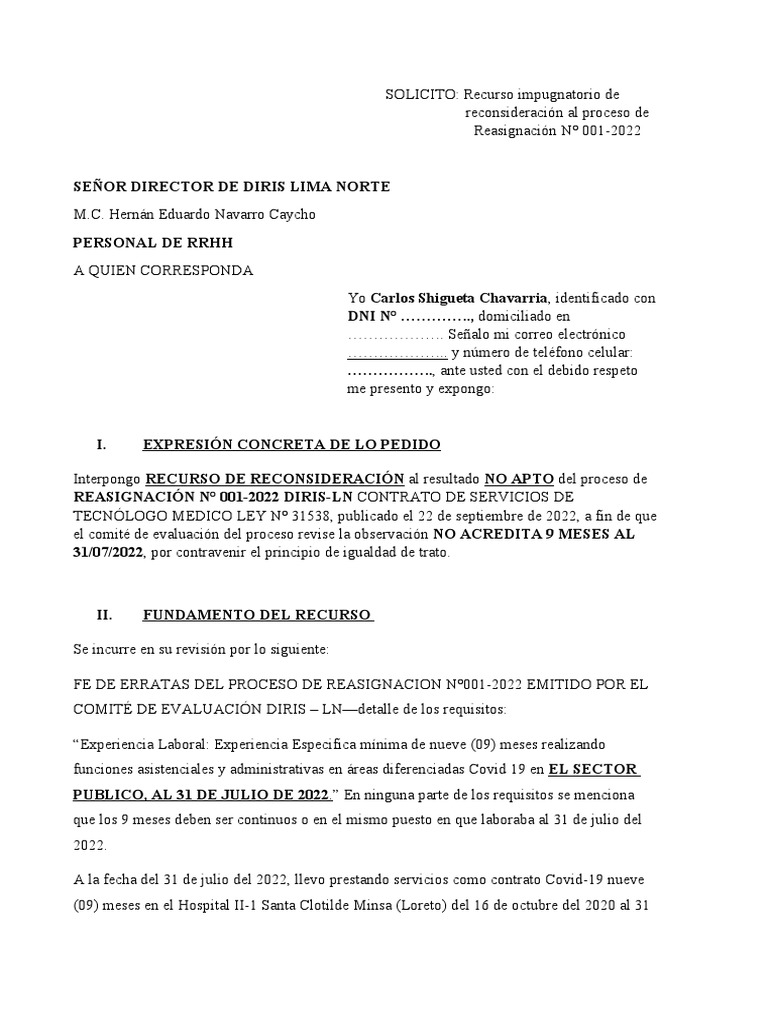Become A Postman Power User: Underutilized Features

Table of Contents
Mastering Postman Collections
Effectively managing your API requests is crucial for efficiency. Postman Collections offer a powerful way to organize and streamline your workflow. Let's explore some often overlooked aspects of collection management to help you become a Postman Power User.
Organizing Your Workflows with Folders
For large projects with numerous API requests, a well-structured collection is essential. Folders provide the organizational backbone for your Postman collections, dramatically improving readability and maintainability.
- Use folders to group related requests: Categorize requests based on API endpoints, functionality, or any other logical grouping. For example, you might have folders for "User Management," "Product Catalog," and "Order Processing."
- Implement a clear naming convention for folders and requests: Consistent naming helps you and your team quickly understand the purpose of each element. Use descriptive names that clearly reflect the functionality.
- Utilize folder descriptions to explain their purpose: Add concise descriptions to each folder to provide context and clarify its contents. This is especially beneficial for larger teams or when revisiting collections after some time.
Utilizing Collection Variables
Collection variables are a cornerstone of efficient API testing. They allow you to dynamically manage your API requests, eliminating the need for repetitive manual changes.
- Define environment-specific variables for different stages (dev, staging, production): This allows you to easily switch between different environments without modifying individual requests. Common variables include base URLs, API keys, and authentication tokens.
- Use data variables to parameterize requests: Data variables allow you to easily test different inputs without altering the request structure. This is invaluable for testing edge cases and ensuring robust API behavior.
- Explore pre-request scripts to modify variables before sending a request: Pre-request scripts provide advanced control over variable manipulation, enabling dynamic changes based on previous requests or external data sources. This empowers more complex test scenarios.
Leveraging Collection Runs
Postman Collection Runs are a fantastic time-saver. They allow you to automate the execution of entire collections, significantly accelerating your testing processes.
- Run entire collections with a single click: Execute a series of related requests with a single action, ensuring a comprehensive test suite is run consistently.
- Schedule automated collection runs for regular testing: Set up scheduled runs to monitor API health and catch issues proactively. This enables continuous integration and continuous delivery (CI/CD) pipelines.
- Monitor collection run results for early detection of issues: Postman provides detailed reports on collection run results, allowing for immediate identification of any failures or anomalies in your APIs.
Advanced Postman Features for Enhanced Testing
Postman offers a wealth of advanced features that empower more sophisticated API testing. Mastering these capabilities will transform you into a true Postman Power User.
Harnessing the Power of Pre-request and Test Scripts
Pre-request and test scripts extend Postman’s capabilities significantly, enabling dynamic manipulation and sophisticated validation.
- Use pre-request scripts to set headers, parameters, or authentication tokens dynamically: This allows you to generate authentication tokens, set custom headers based on previous responses, or dynamically adjust request parameters.
- Write test scripts to validate responses and generate comprehensive reports: Test scripts use JavaScript to verify response status codes, body content, and headers, providing detailed reports on test results.
- Learn JavaScript fundamentals for effective scripting: A basic understanding of JavaScript is crucial for writing effective and efficient scripts within Postman. Numerous online resources are available to help you get started.
Utilizing Monitors for Continuous API Monitoring
Postman Monitors provide continuous uptime monitoring for your APIs. They enable proactive identification and resolution of API issues.
- Set up monitors to run tests at regular intervals: Schedule monitors to run your tests at regular intervals (e.g., every 5 minutes, every hour) to continuously assess API health.
- Receive alerts if tests fail: Configure monitors to send alerts via email or other integrations when tests fail, providing immediate notification of any API disruptions.
- Integrate monitors with other monitoring tools: Integrate Postman Monitors with other monitoring systems to create a comprehensive overview of your application's health.
Exploring Postman's Built-in Assertions
Assertions are a critical component of effective API testing. Postman’s built-in assertions allow you to validate the accuracy of your API responses.
- Use various assertion types (e.g., status code, body, headers): Verify aspects of the response, including status codes, specific values in the response body, or header values.
- Write custom assertions for complex validation scenarios: For advanced validation requirements, create custom JavaScript assertions to suit your specific needs.
- Learn best practices for writing effective assertions: Well-structured assertions ensure accurate and reliable testing, providing confidence in your API’s functionality.
Collaboration and Teamwork with Postman
Postman facilitates seamless collaboration among team members. Leveraging these collaborative features is essential for efficient team workflows.
Sharing Collections and Workspaces
Postman enables easy sharing of collections and workspaces, fostering effective collaboration.
- Control access permissions for different team members: Manage access permissions to ensure sensitive API information remains secure.
- Use workspaces to organize projects and team collaboration: Organize projects and manage team collaboration effectively within dedicated workspaces.
- Utilize version control to manage changes to collections: Track changes made to collections, ensuring consistency and avoiding conflicts within your team.
Utilizing Postman's Built-in Documentation Generation
Postman simplifies API documentation generation, ensuring your team and stakeholders have access to clear and up-to-date documentation.
- Generate API documentation directly from your collections: Automate documentation generation directly from your existing collections, ensuring consistency and reducing manual effort.
- Customize the generated documentation to fit your needs: Customize the appearance and content of the generated documentation to match your specific requirements and branding.
- Share the documentation with your team and stakeholders: Easily share your generated API documentation with your team and external stakeholders, facilitating clear communication and understanding.
Conclusion
This guide has highlighted several key underutilized features within Postman that can significantly enhance your API testing and development processes. By mastering Postman Collections, leveraging advanced testing features, and embracing collaborative tools, you can transform from a basic user into a true Postman Power User. Take advantage of these powerful tools, optimize your workflow, and experience the benefits of efficient and robust API management. Start exploring these advanced Postman features today and become a Postman Power User!

Featured Posts
-
 Eurovision 21st Century Vote For Your Favourite On Bbc Radio 2
May 19, 2025
Eurovision 21st Century Vote For Your Favourite On Bbc Radio 2
May 19, 2025 -
 Fatal Collision Mexican Navy Training Vessel Strikes Brooklyn Bridge
May 19, 2025
Fatal Collision Mexican Navy Training Vessel Strikes Brooklyn Bridge
May 19, 2025 -
 Olive Branch Seeks Donations And Bids For New Pickleball Courts
May 19, 2025
Olive Branch Seeks Donations And Bids For New Pickleball Courts
May 19, 2025 -
 Cannes 2025 Kristen Stewarts Directorial Debut And Red Carpet Style
May 19, 2025
Cannes 2025 Kristen Stewarts Directorial Debut And Red Carpet Style
May 19, 2025 -
 Prohibicion De Celulares En Segunda Vuelta El Recurso De Impugnacion De Correismo
May 19, 2025
Prohibicion De Celulares En Segunda Vuelta El Recurso De Impugnacion De Correismo
May 19, 2025
